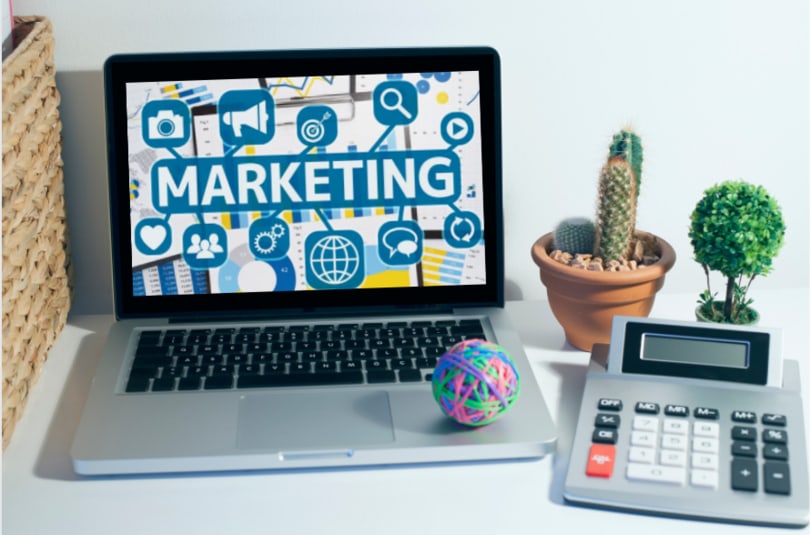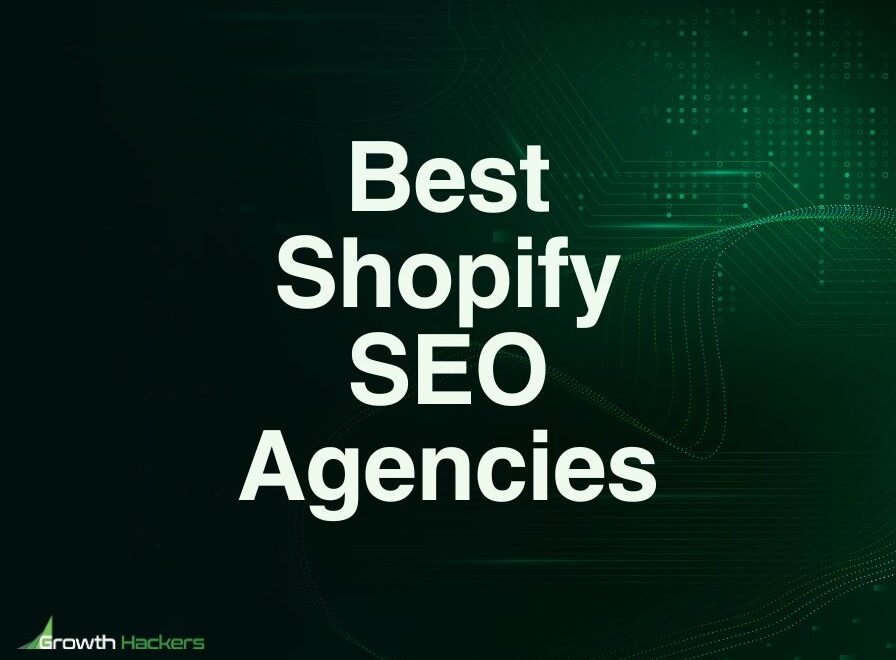Demand generation (Also called "Demand Gen") is a marketing strategy that creates awareness and interest in a company through technology. To make this strategy more effective, you need to account for every touchpoint in a buyer’s journey — from the moment they’re anonymous visitors to the time they become your customer. Business-to-business (B2B) businesses who haven’t adopted this strategy shouldn’t hold back from getting started. It is possible to utilize demand generation in order to strengthen brand awareness, attract more leads, increase lead conversions, improve their sales cycle and increase revenue. Businesses can also turn to demand generation to help them lower customer acquisition costs. With the most effective programs resulting in 33% lower costs and a 50% raise in sales-ready leads, it can elevate things for them. Don't get confused: demand generation and lead generation are different. Even if they're similar and complementary, they're quite different. Indeed, demand gen rather focused on top of the sales funnel (Brand awareness, exposure and visibility) while lead gen is more of a middle of the sales funnel channel where you need to generate leads thanks to the prospects your demand generation campaigns brought. Want to make the most of B2B demand generation? There's a misconception in the industry: demand generation is different from lead generation and a lot of entrepreneurs, business owners and marketers get confused between both. In this article, that’s what we’ll talk about. Let’s walk through the process of the best ways to use demand generation for your business.
Use Account-Based Marketing (ABM)

ABM is a focused marketing approach where teams involved in marketing, services, and sales work together. As a result of their collaboration, they can focus on nurturing the most qualified accounts and land them as customers whether they are companies' decision makers or else. For B2B marketers, ABM is an effective demand generation strategy. In fact, 87% of B2B marketers reported their ABM initiatives to have outperformed their other marketing investments. Here are reasons to invest in it: ● It offers assistance with cross-team alignment - While working towards the same goals, it can be challenging for different teams — marketing, service, and sales teams — to be on the same page. With technology investments and staying in line with the principles of demand generation, teams can work in sync and leverage intent data to satisfy existing and new buyers. ● It allows personalization at scale - A fundamental reason businesses don’t work with other businesses is the lack of personal approaches. A demand generation program can solve this problem by using data organization, artificial intelligence, and predictive analysis tools to learn more about key accounts. ● It provides clear and simple Return on Investment (ROI) - ABM measures marketing ROI through customer retention and revenue. With unified views of buyer data collected on real-time analytics dashboards, demand generation marketers can see unique insights and optimize your business’ performance. To implement an ABM strategy, assemble a core team — people who excel in sales, B2B marketing, and sales development. Then follow the step-by-step guide below.
Step 1 - Define your goals and strategy
Here are the common goals of businesses using ABM: ● Dominate new markets, segments, and verticals - You want to streamline your brand for better performance. ● Product launch success - You want people to receive your product effectively. ● Target an existing market group - By increasing awareness and widening your reach, you can create a new market share.Step 2 - Select an ABM technology
ABM technology review sites are great places to visit. You can find recommendations on the best ABM tools that can perform specific functions. And because the content on these sites are detailed, you can learn about pros and cons, how to use them, and other relevant review data.Step 3 - Identify target accounts
Here are the tips to help you identify target accounts: ● Define buyer personas - Determine the businesses you want to cater to. Firmographic segmentation can be a great tool for your B2B strategy. Then, craft your marketing in a way that serves them the most. ● Analyze existing data - Evaluate existing information. Make sure to keep an eye out on business relationships and other key data that can pinpoint targets. ● Talk to sales - The sales department has valuable insights about accounts. They can provide information like the most relevant accounts and most active users.Step 4 - Choose channels
The channel you choose is up to you but it's an essential component of your marketing strategy. While all channels are effective in their own right, you can leverage some channels better than the others. This depends on your brand and the reputation you want to nurture. For example, if you want to give off a professional vibe, choose to deploy case studies on LinkedIn. Compared to deploying case studies on Instagram, more people will check out your posts and take you more professionally on this network.Step 5 - Craft ABM messages, run campaigns, and conduct outreach
Finally, launch your ABM campaigns. Write messages and reach out to the entities who can help you. And like any marketing approach, make sure to optimize your operations regularly. Course-correct as necessary using the discussions above as guides.Focus on Content

Content marketing is an inbound marketing strategy known as one of the best demand generation tactics out there. Successful demand generation programs need outstanding content that resonates with the right personas. Having a foolproof content marketing strategy is essential for the success of your demand gen campaigns. It’s impossible to market without excellent content — 91% of B2B marketing professionals know it. They know it’s how they can communicate with an audience. That’s why most of them put their content at the core of their marketing. And that’s why you should, too. Think of it as something that represents you. So if you don’t have content, nothing is there to represent you. Additionally, as a B2B business, you should create content that directly stands out to businesses — not to consumers. Your strategy should revolve around the fact that your ideal audience are businesses. And your content should be useful to businesses for them to use on other businesses. Content impacts demand generation marketing by helping your target audience familiarize themselves better with a brand. It also allows a brand to control their reputation or how people see them. Here are some types of content you can create: ● Newsletters - Sending newsletters via email can help you promote your latest website feature, upcoming event, and more. An advantage of newsletters is, they are desired — not sent without consent. And subscribers can easily unsubscribe if they no longer wish to receive them ● Guest posts - Create content for third-party sites that generate lots of traffic, are relevant, and come with great value. It’s how you widen your reach and market to the existing audience of other businesses. ● Case studies - You can post case studies on your site, use them for pitches, or share them across marketing channels. They’re a great way to show off your experience and prove your capabilities. You should know, though, content will only work wonders for you if you create content the "right" way. You need to be careful with how you approach this subject. If you create content filled with glaring errors, poor grammar, unreliable information, and everything that makes it low quality, you won’t attract audiences. It may even discourage them from taking your brand seriously. But if you whip up useful — thoughtful, engaging, helpful, relevant, and informative — content, you can address the pain points of your target audience. And indirectly, you’re feeding their interests, building affinity, and sustaining long-term brand awareness.
Organize Events

Events are beneficial for demand generation marketing because they can expand your reach, help your other marketing efforts, speed up your sales cycle and boost your credibility. They can also help you measure success and capitalize for the future. Examples of events you can organize are: ● Product launches - They’re sales-driven events that increase public interest for your product. To ensure their success, you need to be strategic about timing and (even the smallest) details. ● Conferences - As discussion-based events, they work best when there’s a large team of experts that can provide in-depth information to the attendees. Organizing conferences may require heavy logistical planning, but if successful, will result in an amplified number of people who show interest in your brand. ● Recruitments - They’re an excellent way to find qualified people for your organization and increase your demand gen. The best use of these events are to address and impress audiences. Regardless of the type of event you organize, it’s important to add consistency to the mix. People will find your brand more respectable if you do. It’s also a way to make the most out of them. For example, if you organize a conference, be sure to be consistent with your theme as a brand. Try not to organize a wacky event if the vibe you want to give off is professional.




